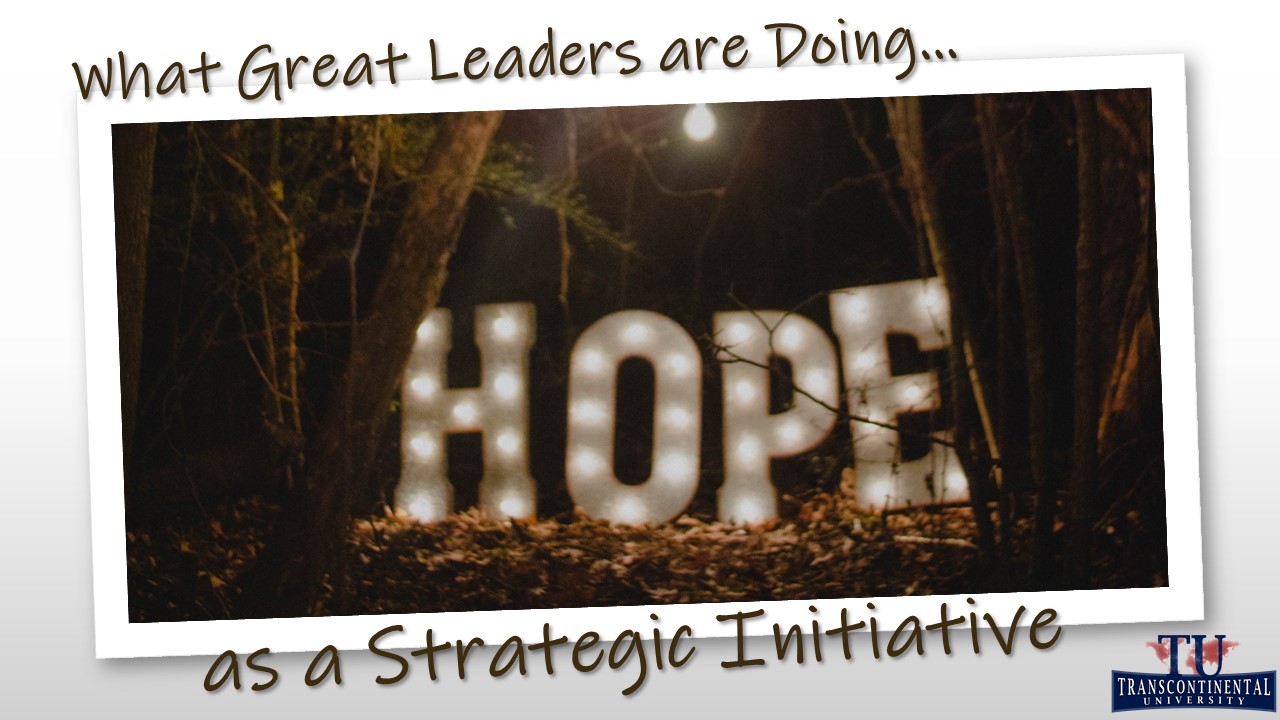
From Carbon to Culture
Unveiling the Complexity of ESG Scores from a Leadership Perspective
By Dr. Ted Sun
Recently featured in Forbes
The movement towards sustainable capitalism is getting more attention as younger generations demand deeper purpose in their work and consumers are expecting companies to go beyond a focus in profits. Environment, Society, and Governance (ESG) initiatives mark the latest efforts to quantify sustainable capitalism using ESG scores. As ESG investing continues to gain popularity, how should organizational leaders strategize their commitments to the pubic and their employees with integrity?
With ESG scores, sustainable capitalism is here to stay. Numerous major corporations have made clear commitments regarding their environmental impact. For example, in consideration of beef’s huge carbon footprint, McDonald introduced the “McPlant” burger in early 2021, GM has committed to produce vehicles with zero-emissions by 2035, while United Airlines pledged to be 100% green with reducing its greenhouse gas emissions 100% by 2050. The list goes on, with many major corporations making various commitments towards sustainable capitalism.
On the surface, these commitments are inspiring. Strategic leaders are constantly pondering how such lofty goals can be realized. While it’s easy to make bold statements about a future that’s far away, the path to ESG performance starts with an ESG culture of innovation. It will take countless innovations to realize these lofty environmental goals and thrive in complex business environments. This is where the society and governance pillars of ESG can help an organization achieve its goals. Within these two pillars, the organizational culture empowers every employee to contribute with the diversity of their ideas. This article provides the systemic insights towards the ESG culture that are necessary to excel in sustainable capitalism.
ESG Literature
Current literature on ESG is confusing, to say the least. No standard exists for ESG scores. The following major ESG scorers have their own mechanism: Bloomberg, Corporate Knights, Sustainalytics, Dow Jones, Thomson Reuters, and RepRisk. Intriguingly, the metrics for ESG scores are all latent metrics at the organizational level. For example, greenhouse gas emissions are latent environment metrics that looks at the environmental impact of the company. Employee turnover or injuries are latent social metrics that indicate the social impact of the company. Executive compensation is a latent governance metric that provides an insight to the governance impact of the company. With all these latent metrics, by the time one takes the measurement, it’s too late to make changes. The use of latent metrics by the major ESG players requires organizational leaders to work at the people systems level. Regardless of the latent metric, it requires systems and processes that guide the ESG culture of the company. This is where the rubber meets the road. Individuals, regardless of their role or position, having healthy perceptions of reality, utilizing systemic thought processes, and making wise decisions towards a set of sustainable strategies and practices which compound into inspiring ESG scores.
Environment: From Goals to the Synergy of Action
The environmental pillar of ESG has been around since the early 1990’s when Corporate Social Responsibility (CSR) began to gain popularity. For the most part, technology has been a major driver for companies to minimize waste, reduce consumption, and maximize recycling. Studies around carbon footprint have given stakeholders an objective view of a company’s cost of existence. The metrics concerning the environment occur at the organizational level. What is often missing is what happens at the individual level. Consider the thought process of employees, before they hit the print button of a document, or before they leave the office. How are they considering waste and consumption while at work? Now explore the same employee making decisions in their personal life. What type of vehicle is being driven and its impact on the environment? Are lights being turned off when they leave the room? How are they watering their lawns in the summer?
I recently had an interesting discussion with a few executives about their consumption of bottled water and snacks. On the surface, they made great decisions to buy from vendors who use recycled plastics and wrappers. What they failed to realize is that the consumption of products like bottled water is unnecessary. A little bit of pre-planning for drinking water has worked for centuries in human history.
Countless decisions we make impact the environment. As consumerism dominates the marketplace, employers who empower their employees to make conscious choices will be gifted with countless innovations that save the environment. The synergy realized in collective action by all employees is what makes a much larger environmental impact. Building off of a mentality of conscious decision also assists in ethics and how we build relationships. This is where the development of organizational culture that inspires conscious decision making will drive significant success.
Social: From Goals to the Thought Process Development
The social pilar of ESG focus on human rights, safety, diversity, and development. As one of the softer concepts, it is more challenging to measure. The major ESG scorers use metrics such as injury rate, employee turnover, diversity, and talent development. This pilar also includes much of the efforts within the Diversity, Equity, and Inclusion initiatives. One fascinating aspect about the social pillar is the systemic nature that requires changes in systems, not just latent metrics that could be misleading. At the system level, it’s about how individual employees continue to learn and grow. Most corporations have endless training and awards certificates; very few have an accountability structure to apply. A learning system would require organizations to have a talent inventory which tracks the skills developments, not a simple training transcript that rarely equate to real skills. To impact metrics like injury or fatality rates, developing a culture of safety requires a constant learning system. To impact employee turnover, an inclusive culture with daily leadership actions can engage employees to have a sense of belonging.
The social pillar of ESG requires leaders to think differently about who they are, how they want to be remembered, and what kinds of systems and processes need to be introduced to develop their employees. The development of thought process calls for a higher level of self-awareness, starting with one’s core values and beliefs. This will be the lens that enables leaders to make remarkable decisions about labor practices that impact the people.
Governance: from Goals to the Systems that Guide People
The governance pillar of ESG is the most complex, since it deals with how executives make decisions to abide by regulations and operate their organization. When looking at metrics like board diversity, executive compensation, ESG strategy, bribery and corruption, they are not just something an individual decides, but requires consistent contribution from all levels of leadership. Unfortunately, most organizations continue to use management principles that have a few individuals making decisions for the masses. This provides a huge opportunity for systems to be introduced that guide the thoughts, decisions, and behaviors of all leaders.
With the various metrics in the governance pillar, exploring the why and the how for each requires systems thinking. For example, policies against bribery and corruption often fall to the rule of “you get what you focus on”. Instead, create systems that inspire every employee to be at their best. When we speak to the term systems, it requires a constant feedback loop that informs people how to improve in the next situation. It is not a process that one goes through once a year like an annual performance review. It is something that gives people frequent feedback, so they are challenged to improve in the future. Systems like promotion systems, inclusion systems, and board onboarding systems are all part of this pillar waiting to be designed and implemented. Especially within the current post-pandemic environment, every company demands more innovation. A leadership development system that molds leaders into systemic thinkers is the minimum requirement for success and abundance of innovation in any organization.
Designing your ESG Culture
ESG is not just about the environment and some latent metrics. It is not about how much is thrown at a problem without accountability to actual changes in organizational systems. It is about how people think, live, work, and make decisions that influence our long-term success as a planet, a company, and a family. It’s about securing a future for our children. The outcomes of all organizational efforts start at the individual level. When we create a conscious and wise ESG culture within any organization, the goals for ESG scores can easily be achieved. Leaders with integrity and wisdom understand that throwing money at a problem never works. Instead, they take daily actions to drive a culture that makes sound decisions that balance the needs of the planet, our society, and profitability. Let’s work together to empower more leaders to think systemically about their actions that guide a powerful ESG culture.
Click here to learn about our Systemic ESG Solutions.
















